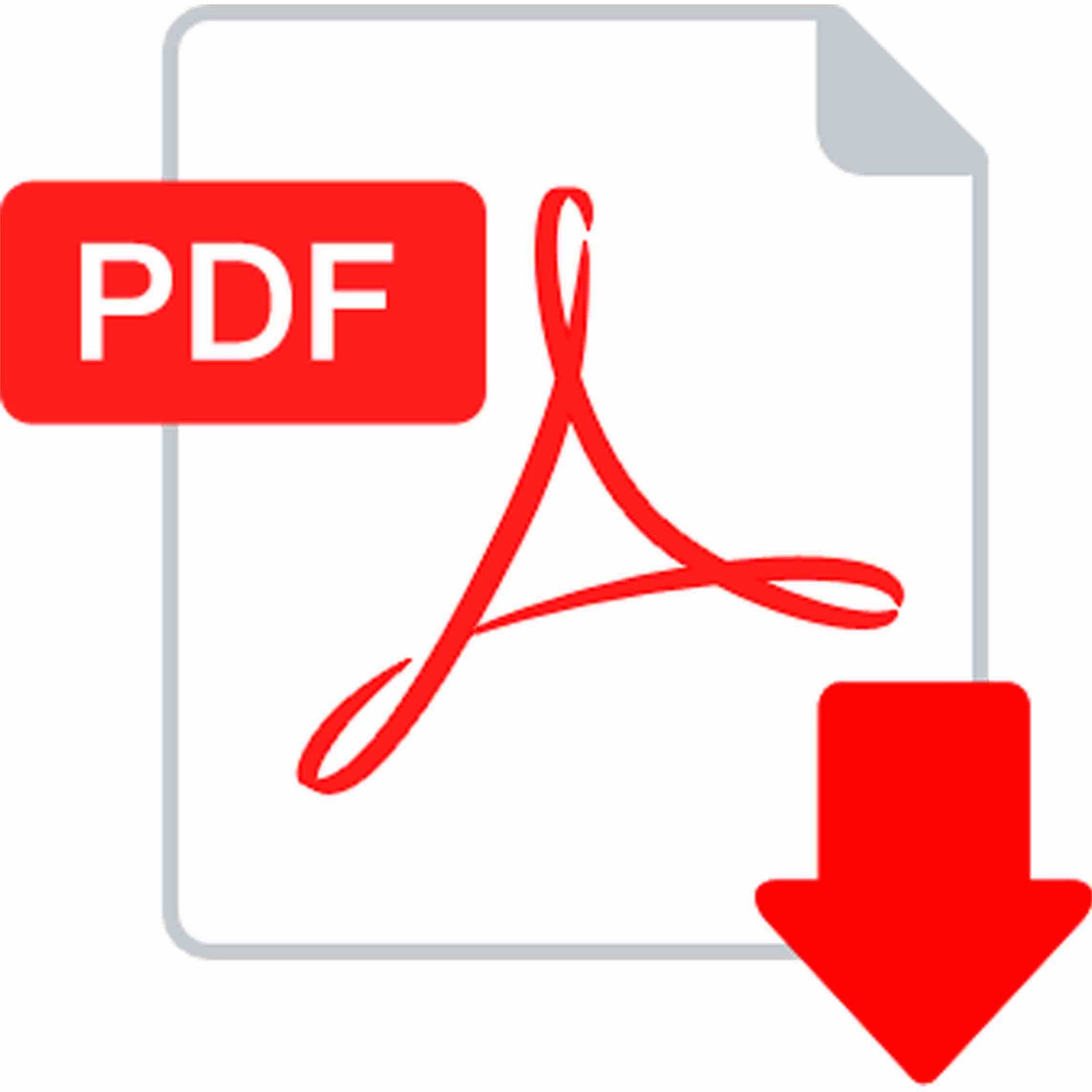| JEL Classification: M41, G32,J33, Q14, D81 | DOI: https://doi.org/10.31521/modecon.V49(2025)-09 |
Dubinina M. V., Doctor of Sciences in Economics, Professor, Head of Department of Accounting and Taxation, Mykolayiv National Agrarian University, Mykolayiv, Ukraine
ORCID ID: 0000-0002-3993-0622
e-mail: dubinina@mnau.edu.ua
Zahorodnii A. H., PhD in Economics, Professor, Head of the Department of Accounting and Analysis, National University «Lviv Polytechnic», Lviv, Ukraine
ORCID ID: 0000-0002-2332-4214
e-mail: dotsenkona@mnau.edu.ua
Bodnar O. A., PhD in Economics, Associate Professor, Department of Finance, Banking and Insurance, Mykolaiv National Agrarian University, Mykolaiv, Ukraine
ORCID ID: 0000-0002-0152-4290
e-mail: bodnarolena1606@gmail.com
Tytarenko A. V., candidate for a higher education degree, Accounting and Finance Faculty, Mykolaiv National Agrarian University, Mykolaiv, Ukraine
ORCID ID: 0009-0000-9738-401Х
e-mail: nastytitarenko@gmail.com
Vintonyak A. A., applicant of the Institute of Economics and Management, National University “Lviv Polytechnic”, Lviv, Ukraine
ORCID ID: 0000-0001-8167-1663
e-mail: adriana.vintoniak.mopah.2024@lpnu.ua
Financial Control of Employee Payments: Risks and Ways to Minimize Them
Abstract. Introduction. Financial control of employee payments is an important management tool for agricultural enterprises, aimed at ensuring the timeliness and legality of payments, minimizing risks, and increasing financial stability.
Purpose. Financial control of employee benefits is an important area of research that covers issues of transparency of financial transactions, automation of accounting, auditing and risk minimization in the context of changes in legislation and economic conditions. The need to improve approaches to financial control through the integration of modern technologies, increasing the transparency of financial processes and adapting enterprises to regulatory changes has been identified.
Results. An analysis of modern methods of financial control of payments to employees of agricultural enterprises was conducted, their effectiveness and compliance with economic conditions were determined.
The role of automation of accounting processes in increasing the accuracy of payroll calculations, reducing the risk of fraud and ensuring the financial stability of enterprises was studied. The main threats to financial control were identified, including inaccuracies in calculations, technical failures, fraud and non-compliance with regulatory requirements.
The need to integrate automated accounting systems with personnel management to increase the transparency of financial transactions and optimize personnel management was substantiated. The use of the risk assessment methodology (RAC) as a tool for identifying threats, analyzing them and developing mechanisms for minimizing them was proposed.
A comprehensive approach to financial control, combining digitalization, audit and risk assessment, will contribute to increasing the level of financial discipline and sustainability of the agricultural sector.
Conclusions. Financial control of employee benefits is a key factor in the stability of agricultural enterprises, and its effectiveness depends on the automation of accounting processes, regular audits and compliance with regulatory requirements. The introduction of a risk assessment methodology (RAC) and the integration of accounting, HR and financial systems contribute to minimizing fraud, timeliness of payments and transparency of financial transactions. A comprehensive approach to financial control, including digitalization, risk assessment and internal audit, ensures financial discipline and stability of the agricultural sector.
Keywords: financial control; audit of payments; automation of accounting processes; risk assessment; internal audit; transparency of financial transactions.
References:
- Shot, A. and Vashchuk, O. (2018), “Analytical review of legislation changes in the in the field pay labor”, Investytsiyi: praktyka ta dosvid, vol. 5, pp. 41–44.
- Feofanova, I. & Holiak, V. (2021). “Improvement of the accounting and the audit of payment at the enterprise”, Ekonomika ta derzhava, vol. 3, pp. 125–130. DOI: 10.32702/2306-6806.2021.3.125.
- Tkachенко, O. S., & Velychko, R. (2021). Audit of payroll calculations at domestic enterprises. In Accounting, auditing, taxation, and reporting in the system of ensuring the economic stability of enterprises: Proceedings of the V All-Ukrainian scientific-practical online conference (Dnipro, May 13–14, 2021) (pp. 62–65).
- Podmeshalska, Yu. and Panchenko, A. (2020). Improving the organization of payroll. Investytsiyi: praktyka ta dosvid, vol. 1,. 58–63. DOI: 10.32702/2306-6814.2020.1.58.
- Melеn, O. V., & Pototska, O. A. (2018). Zahalni pryntsypy orhanizatsii obliku ta dokumentuvannia operatsii iz zarobitnoi platy ta rozrakhunkiv iz pratsiuiuchymy. Derzhava ta rehiony, (5), 136–141.
- Honcharuk, S. M., Dolbnieva, D. V., Priimak, S. V., & Romaniv, Ye. M. (2019). Financial control: Theory, terminology, practice (Textbook). Lviv: Ivan Franko National University of Lviv.
- S&P Global. (2017). Risk-Adjusted Capital Framework Methodology https://www.spglobal.com/ratings/_division-assets/pdfs/criteria_risk_adjusted_capital_framework_methodology_2017.pdf.
- Kneisler, O. V., Pysmennaya, T. V., Kostetskyi, V. V., & Lubkei, N. P. (2017). Financial risks of economic entities [Electronic resource]. (O. V. Kneisler, Ed.). Osadtsa Y. V. Publishing.
- Neskorodiev, S. M., & Hrachova, O. O. (2014). Research of the essence of financial risk management of the enterprise. Visnyk Ekonomiky Transportu i Promyslovosti, 47, 132-136.
- Dubinina M., Yurchenko S., Тitarenko A. (2024). Audit of the System of Payments to Employees of Agricultural Enterprises: Theoretical and Methodological Aspects. Modern Economics, 44(2024), 58-62. DOI: https://doi.org/10.31521/modecon.V44(2024)-09.
Received: 25 February 2025
|
How to quote this article? |
| Dubinina M., Zahorodnii A., Bodnar O., Tytarenko A., Vintonyak A. (2025). Financial Control of Employee Payments: Risks and Ways to Minimize Them. Modern Economics, 49(2025), 63-71. DOI: https://doi.org/10.31521/modecon.V49(2025)-09. |











 Українська
Українська